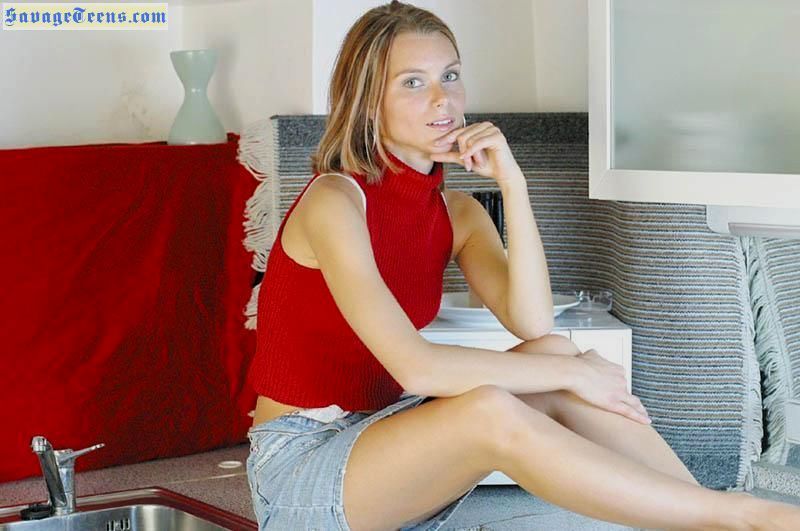here’s a photo I grabbed off the web.

typical problem - way too much light obvious white streak on the leg, sides of the arms
this is a spam photo and some idiot may have badly damaged it. But I get the same problem with my own outdoor photos. washed out skin tones and that contrast flare. I’m using the spam photo as an example because I can’t post a personal photo here.
Is there any way to boost the skin tone? and reduce the contrast flare?
heres a quick fix I tried - reducing brightness by -30 contrast +10 and saturation +15

helped some. the jean material is more blue, flesh tones a little better. but the photo still looks bad. still have that long white streak on the leg. flesh tones very washed out. the photo just sucks. ![]()
tried sharpening and geez, theres a lot of ugly artifacts in that photo. gave up on even trying to sharpen this one.
sometimes adjusting using Photoshop levels I get better results - boost the mid range between 100-180. set the low point at 35 to boost contrast, cut out the high pixels above 235. But ultimately the photo isn’t all that much improved.
maybe with Curves? I’ve never had any luck with photoshop curves. how that tool works eludes me.
photoshop is supposed to be this powerful tool. Can anyone fix this example and explain how they did it?
its such a common problem. I think a lot of people would appreciate learning how to fix it.
